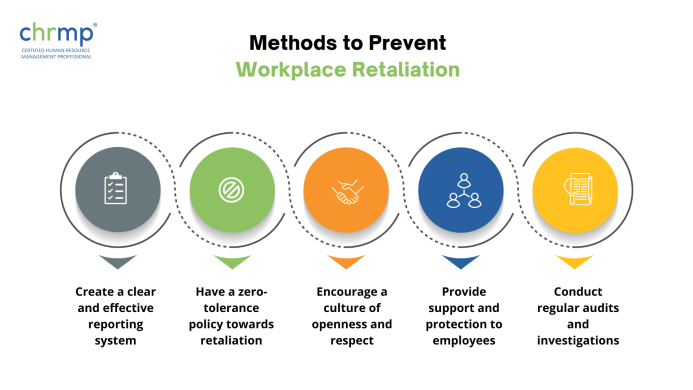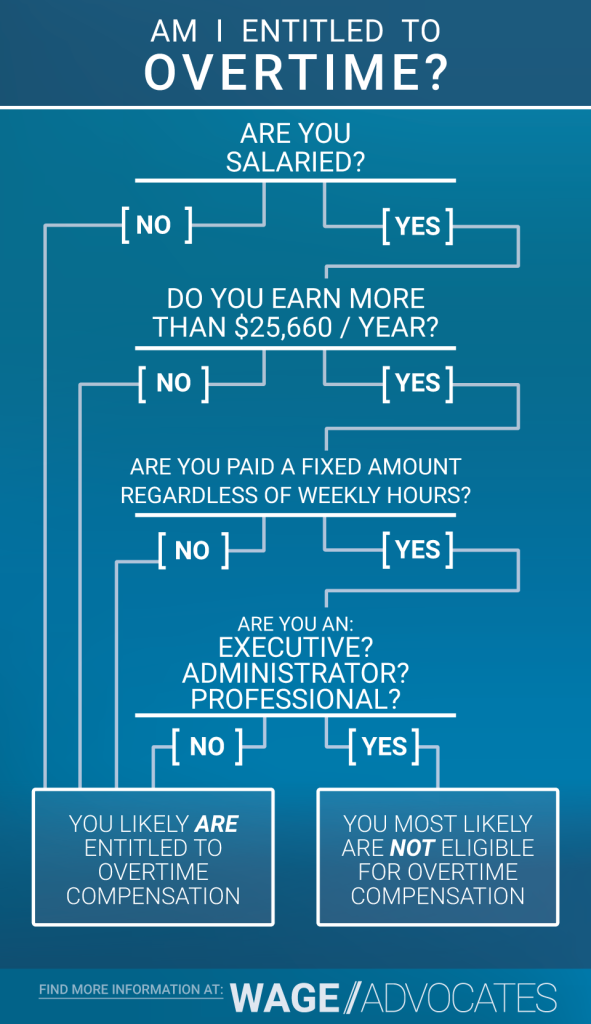
Developing a Robust Employer Value Proposition (EVP): Your Blueprint for Attracting and Retaining Top Talent
In today’s dynamic job market, simply offering a competitive salary isn’t enough to stand out. Talented individuals are looking for more than just a paycheck; they want purpose, growth, a supportive environment, and a place where they feel valued. This is where a robust Employer Value Proposition (EVP) becomes your secret weapon.
If you’re new to the concept, don’t worry! This comprehensive guide will break down what an EVP is, why it’s crucial for your business, and provide a clear, step-by-step roadmap to developing one that truly shines.
What Exactly is an Employer Value Proposition (EVP)?
Think of your EVP as your company’s unique "pitch" to current and prospective employees. Just like a product has a value proposition explaining why customers should buy it, your EVP explains why someone should work for your company and why they should stay.
It’s the sum total of everything an employee gains from their employment with your organization. This isn’t just about money; it encompasses:
- Financial Rewards: Salary, bonuses, benefits.
- Career Development: Training, growth opportunities, promotions.
- Work Environment: Culture, colleagues, leadership style.
- Work-Life Balance: Flexibility, time off, well-being initiatives.
- Company Purpose: Mission, values, impact on the world.
In essence, your EVP answers the question: "What’s in it for me?" from an employee’s perspective. It’s what makes your company a uniquely appealing place to build a career.
Why is a Robust EVP So Important for Your Business?
A well-defined and authentic EVP isn’t just a nice-to-have; it’s a strategic imperative that delivers tangible benefits across your entire organization.
Here’s why investing in your EVP is crucial:
-
Attracts Top Talent:
- In a competitive talent market, a strong EVP helps you stand out from the crowd. It clearly communicates your unique offerings, drawing in candidates who align with your values and what you provide.
- Benefit: Reduces time-to-hire and improves the quality of applicants.
-
Retains Current Employees:
- It’s not just about getting people in the door; it’s about keeping them. A compelling EVP reminds your existing team members why they chose to work for you and reinforces their decision to stay.
- Benefit: Lowers employee turnover, saving on recruitment and training costs.
-
Boosts Employee Engagement & Productivity:
- When employees understand and believe in their company’s EVP, they feel more connected, valued, and motivated. This leads to higher job satisfaction and increased output.
- Benefit: A more engaged workforce is a more productive and innovative workforce.
-
Enhances Your Employer Brand:
- Your EVP is the foundation of your employer brand – how your company is perceived as a place to work. A positive employer brand attracts passive candidates and makes recruitment easier and more cost-effective.
- Benefit: Builds a positive reputation, making your company a "destination employer."
-
Reduces Recruitment Costs:
- By attracting more qualified candidates and retaining more employees, you spend less on advertising, recruiter fees, and the lengthy process of filling vacant roles.
- Benefit: Significant savings on your HR budget.
-
Drives Business Success:
- Ultimately, a strong EVP contributes to a happier, more stable, and more productive workforce. This directly impacts your company’s bottom line, driving innovation, customer satisfaction, and profitability.
- Benefit: A competitive advantage in the marketplace.
The Pillars of a Powerful EVP: What Goes Into It?
A truly robust EVP isn’t built on a single factor. It’s a holistic package made up of several interconnected elements. Let’s explore the key pillars:
1. Compensation & Benefits
This is often the first thing people think of, and while not the only factor, it’s certainly a foundational one.
- Competitive Salary: Ensuring your pay scales are in line with or better than industry averages.
- Bonuses & Incentives: Performance-based rewards, profit-sharing, or stock options.
- Health & Wellness: Comprehensive medical, dental, and vision insurance. Mental health support, wellness programs, and gym memberships.
- Retirement Plans: 401(k) or similar retirement savings options with company match.
- Paid Time Off (PTO): Vacation, sick leave, holidays, and potentially unlimited PTO policies.
2. Work-Life Balance & Well-being
Employees increasingly prioritize their personal lives and overall well-being.
- Flexible Work Options: Remote work, hybrid models, flexible hours, compressed workweeks.
- Support for Families: Parental leave, childcare assistance, flexible schedules for parents.
- Workload Management: Realistic expectations regarding hours and responsibilities.
- Mental & Physical Wellness: Programs, resources, and a culture that supports employee health.
3. Career Development & Growth
Employees want to know there’s a future for them within your organization.
- Training & Development: Access to courses, workshops, certifications, and online learning platforms.
- Mentorship Programs: Opportunities to learn from experienced colleagues.
- Clear Career Paths: Defined routes for advancement and skill development.
- Internal Promotion Opportunities: A commitment to promoting from within whenever possible.
- Performance Feedback: Regular, constructive feedback and performance reviews.
4. Company Culture & Environment
This pillar defines the "feel" of working at your company.
- Values & Mission: Clearly defined company values that are lived out daily. A compelling mission that gives work purpose.
- Team Dynamics: A collaborative, supportive, and inclusive atmosphere.
- Diversity, Equity, & Inclusion (DEI): A commitment to creating a workplace where everyone feels welcome, respected, and has equal opportunities.
- Recognition & Appreciation: Programs and a culture that celebrates employee achievements and contributions.
- Workplace Design: A comfortable, inspiring, and functional physical or virtual workspace.
5. Leadership & Purpose
The quality of leadership and the company’s broader impact significantly influence an employee’s experience.
- Effective Leadership: Transparent, empathetic, and supportive leaders who inspire and empower their teams.
- Autonomy & Empowerment: Trusting employees to make decisions and own their work.
- Social Responsibility: Involvement in community initiatives, environmental sustainability, or other causes that align with employee values.
- Innovation & Impact: Opportunities to contribute to meaningful projects and see the impact of their work.
Developing Your Robust EVP: A Step-by-Step Guide
Building a powerful EVP isn’t a one-time task; it’s an ongoing journey. Here’s a structured approach to help you develop yours:
Step 1: Research & Discovery – Understand Your Current State
Before you can define your ideal EVP, you need to know what your current employees value and what your organization actually offers.
- Internal Research:
- Employee Surveys: Ask current employees what they love about working here, what they’d change, and what benefits or perks they value most.
- Focus Groups/Interviews: Conduct deeper conversations with employees from different departments and levels to gather qualitative insights.
- Exit Interviews: Understand why employees leave. This provides valuable insights into potential gaps in your EVP.
- New Hire Feedback: What attracted them to your company? What were their initial expectations?
- External Research:
- Competitor Analysis: What are other companies (especially your direct competitors) offering? What are their EVPs like? Look at their career pages, Glassdoor reviews, and LinkedIn profiles.
- Market Trends: What are the broader trends in compensation, benefits, and workplace preferences in your industry and region?
- Candidate Surveys: If possible, ask candidates who didn’t accept an offer why they declined.
Step 2: Define Your Core EVP Message – What Makes You Unique?
Based on your research, identify the common themes and unique selling points that emerge.
- Identify Your Strengths: What are you already doing well that employees value?
- Address Weaknesses (Opportunities): Where are the gaps between what employees want and what you currently offer?
- Pinpoint Your "Why": What is the overarching reason someone should choose your company? Is it innovation, work-life balance, career growth, or a strong mission?
- Consider Your Target Audience: Who are you trying to attract? What do they value most? (e.g., recent grads might value mentorship; experienced professionals might value autonomy).
Step 3: Craft Your EVP Statement – Put it into Words
Once you have your core message, articulate it into a clear, concise, and compelling statement. This isn’t just a slogan; it’s a summary of your commitment to your employees.
- Keep it Authentic: It must reflect the reality of working at your company. Don’t promise what you can’t deliver.
- Be Specific (but concise): Instead of "good benefits," say "generous PTO and comprehensive health plans."
- Make it Memorable: Easy to understand and recall.
- Example Structure: "[Company Name] offers a [adjective, e.g., collaborative, innovative, supportive] environment where employees can [benefit 1, e.g., grow their careers, make a real impact] through [benefit 2, e.g., continuous learning and meaningful work], supported by [benefit 3, e.g., flexible work arrangements and competitive rewards]."
Step 4: Communicate & Integrate Your EVP – Live It and Share It
An EVP is only powerful if it’s known, understood, and consistently applied.
- Recruitment & Onboarding:
- Career Page: Your website’s career section is prime real estate for your EVP. Use compelling text, photos, and employee testimonials.
- Job Descriptions: Weave elements of your EVP into every job posting.
- Interviews: Train hiring managers to articulate the EVP and ask questions that assess cultural fit.
- Onboarding: Reinforce the EVP during the onboarding process to welcome new hires and set expectations.
- Internal Communication:
- Company Intranet/Newsletters: Regularly share stories that highlight aspects of your EVP (e.g., employee success stories, company social impact).
- Leadership Messaging: Ensure leaders embody and communicate the EVP in their interactions.
- Employee Advocacy: Encourage employees to share their positive experiences on social media (e.g., LinkedIn, Glassdoor).
- External Marketing (Employer Branding):
- Social Media: Showcase your culture, employee successes, and benefits on platforms like LinkedIn, Instagram, etc.
- PR/Awards: Seek out "best workplace" awards or features that validate your EVP.
Step 5: Measure & Evolve Your EVP – It’s an Ongoing Process
The job market and employee expectations are constantly changing. Your EVP needs to evolve with them.
- Track Key Metrics:
- Retention Rates: Are employees staying longer?
- Time-to-Hire: Are you filling roles faster?
- Quality of Hire: Are you attracting more qualified candidates?
- Employee Engagement Scores: Are your survey results improving?
- Glassdoor/Indeed Ratings: What are people saying about you online?
- Gather Continuous Feedback: Regularly survey employees, conduct stay interviews (asking current employees why they stay), and keep an eye on market trends.
- Be Flexible & Adapt: Be prepared to make adjustments to your benefits, policies, or even your core message based on feedback and market changes.
Common Mistakes to Avoid When Building Your EVP
Even with the best intentions, some pitfalls can undermine your EVP efforts.
- Not Doing Your Research: Assuming you know what employees want without asking them is a recipe for disaster. Your EVP must be data-driven.
- Making It Generic: If your EVP sounds like every other company’s, it won’t differentiate you. Focus on what truly makes you unique.
- Not Living Up to It (Inauthenticity): The biggest mistake is promising something you don’t deliver. An inauthentic EVP will lead to disillusioned employees, high turnover, and a damaged employer brand.
- Setting It and Forgetting It: An EVP isn’t a static document. It needs regular review and updates to remain relevant and effective.
- Not Communicating It Effectively: Even the best EVP won’t work if no one knows about it or understands what it means for them.
Conclusion: Your EVP – The Heartbeat of Your Talent Strategy
Developing a robust Employer Value Proposition is more than just an HR initiative; it’s a fundamental business strategy. It’s about intentionally defining what you offer as an employer and then living up to that promise.
By investing the time and effort into understanding, crafting, communicating, and continuously refining your EVP, you’ll create a powerful magnet for top talent, cultivate a thriving workplace culture, and ultimately, drive sustainable business success. Start your EVP journey today – your future workforce will thank you for it!




Post Comment